This post is a little musically geeky, but for those who like that sort of thing….
There are at least two things that contribute to the sound Smyneika-style rebetiko: the emotive use of melisma and vibrato (melisma is singing a single syllable of text while moving between several different notes in succession, according to Wikipedia; vibrato is a musical effect that involves a repeated, slight change in pitch in a note), and the excellence of the singers.
Both of those are evident in those video, which explores pitch in Antonis Dallas’s song Μανές της Αυγής. Those squiggly lines that show up during the singing show the pitch of each note that Dalgas is hitting (or sliding past) and the duration and intensity of both the melisma and vibrato.
This was created by Michalis Cholevas by extracting the pitch information from the recording with software and then mapping that to the makam.
(The scale on the left side of the graph needs a little explanation, although you don’t really need to pay attention to it. The words are the names, in Turkish, of the different notes of the scale in makam theory. Rast is the base note and Gerdaniye is one octave above. In Western music notation that would be the note C to the next highest C. In Western music, there is one step between each note of the scale; adding a sharp (or a flat), raises (or lowers) the note a half-step. In makam-based music, there are many more possible steps between each note. Here, there are nine possible divisions – commas – of each step, although it is usual for only four or five commas to be used. You can see the breakdown of this makam in the text below the video on YouTube. Most Western musical instruments are only capable of half and whole notes. Others, such as the violin and the human voice, can use those fine distinctions.)
What impresses me is how Dalgas consistently lands on the notes he wants to sing. Even when he’s making a big jump – what would be a fifth or sixth in Western notation – he invariably lands where he has aimed. I noticed how often what he was singing aligned almost perfectly with one of the lines of the graph, with the vibrato steady and centred on the note. Even when he adds melisma (those deep dives of the line), he hits the ending note dead on, passing through other notes of the makam. There is nothing random about what he is doing.
(This recording is from 1928, decades before Autotune and other pitch correction software now commonly used on most of the recorded music that we hear.)
I don’t known about you, but analysis like this gives me a new appreciation for the musical and technical abilities of those who were making this music almost a hundred years ago. Their ability to touch me with their song always comes from the depths of their souls, and often from their outstanding musical and technical skills.
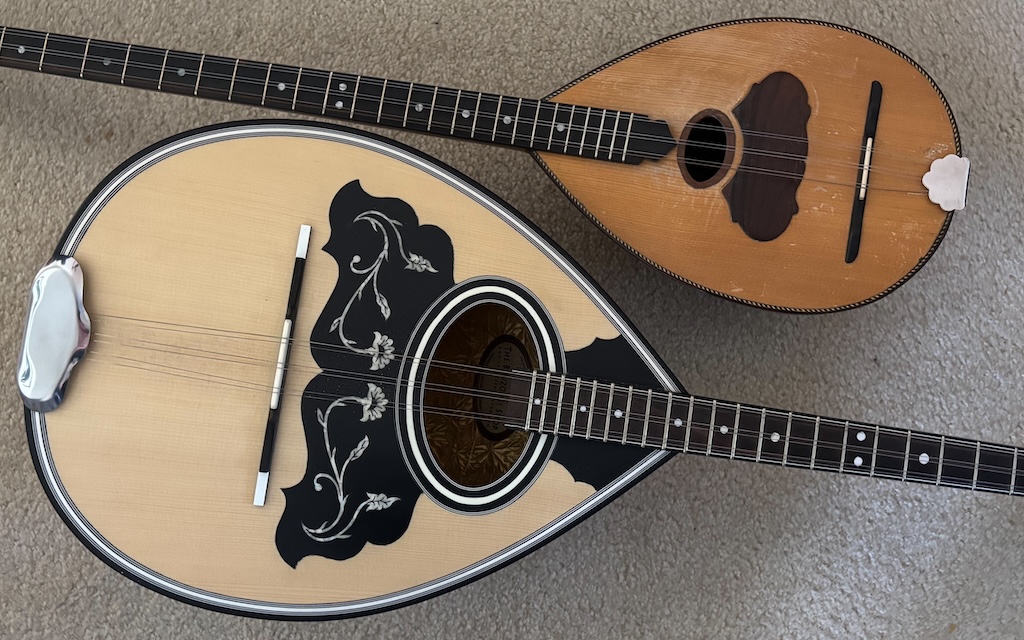



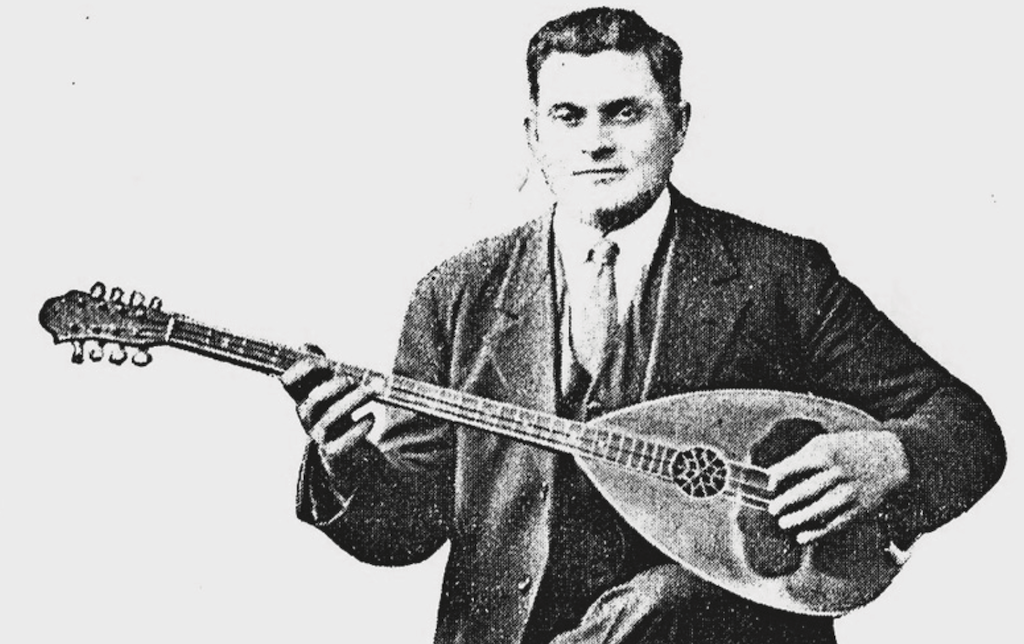
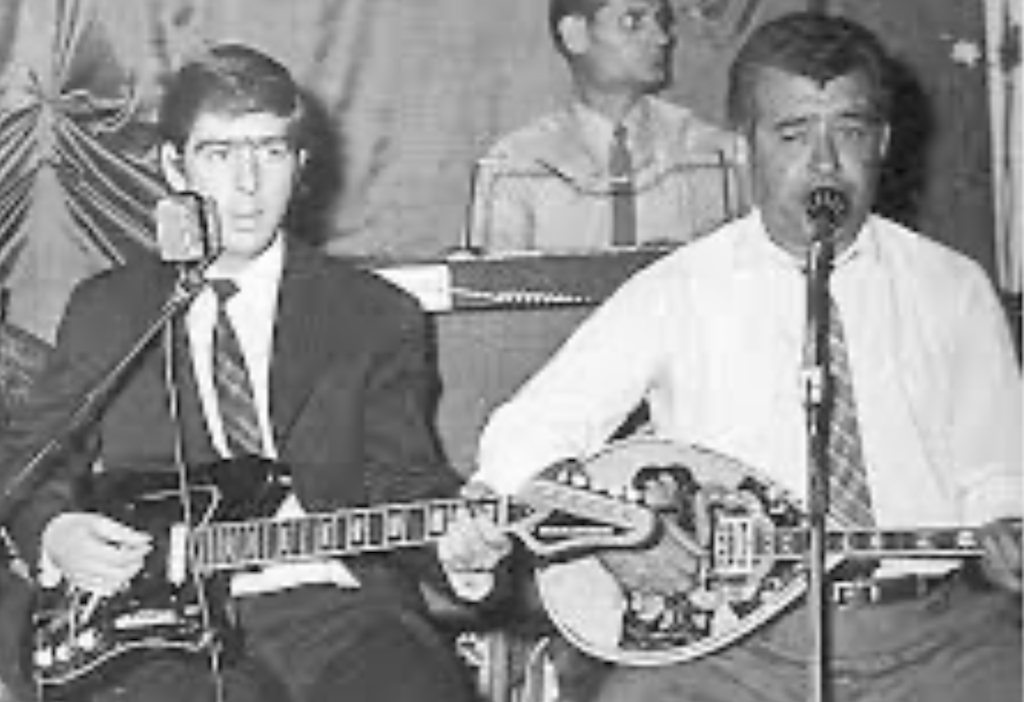
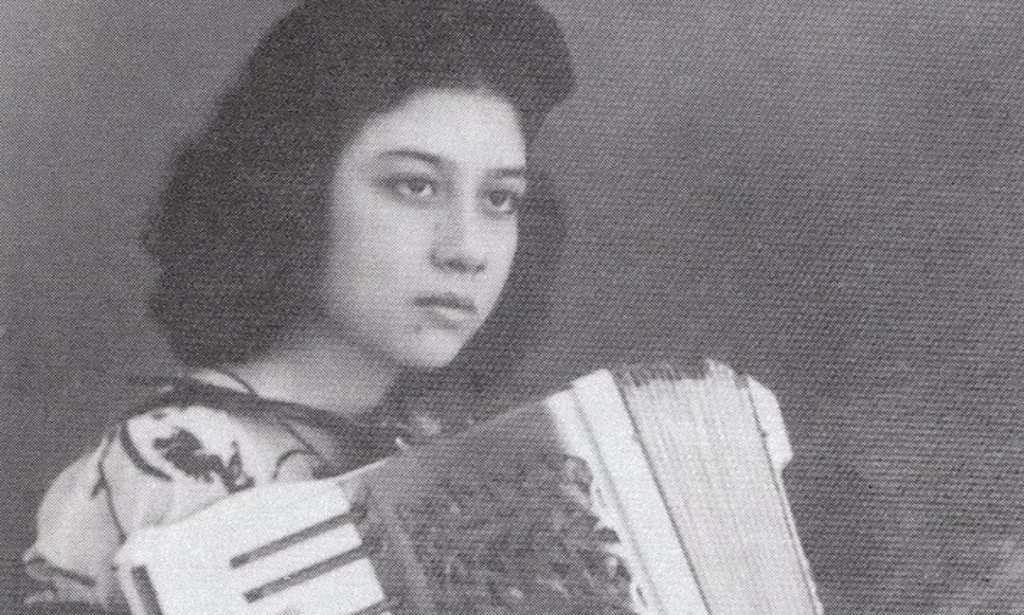
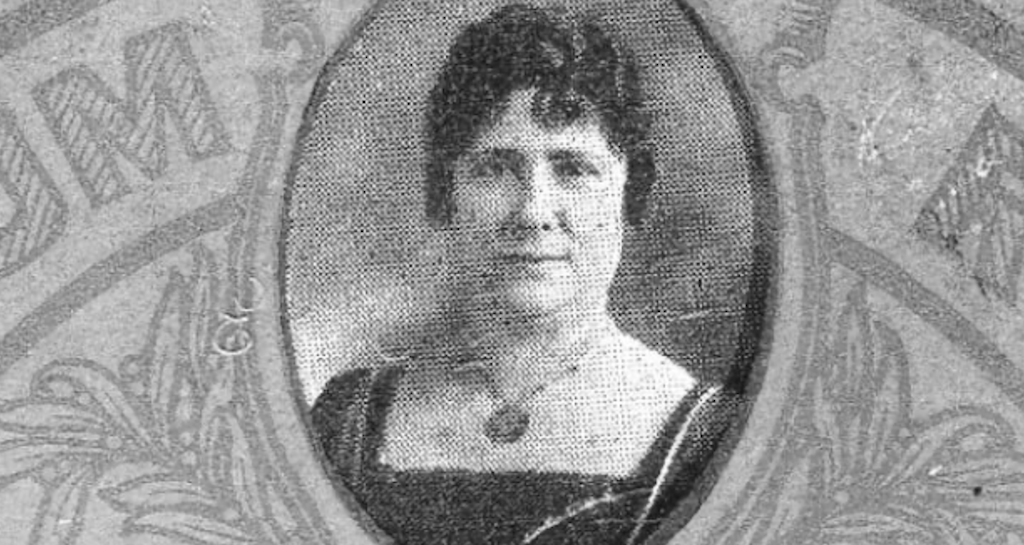
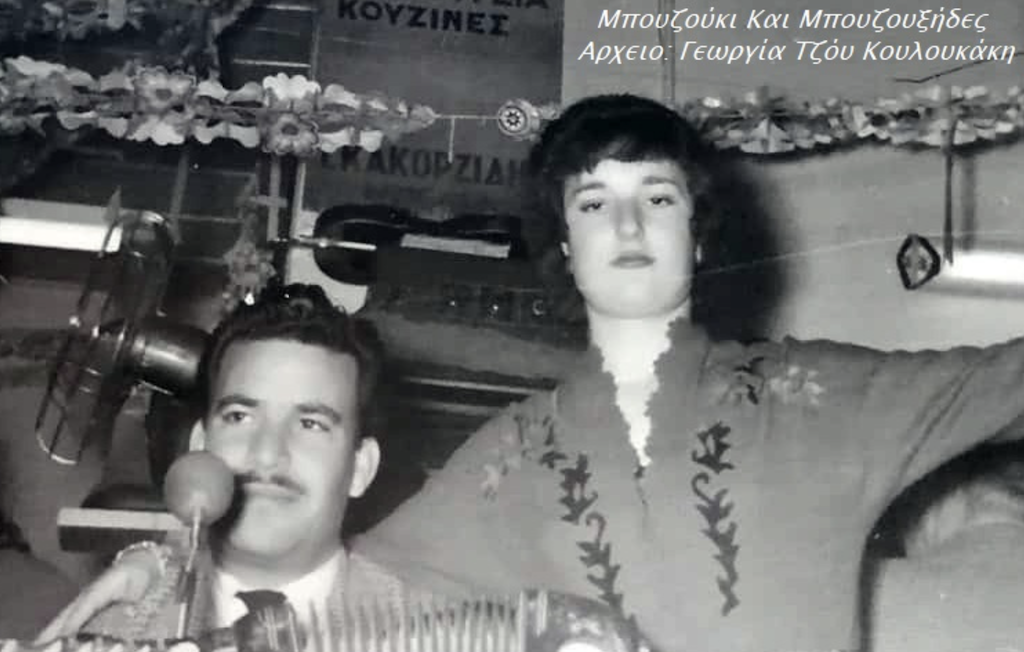

Leave a Reply